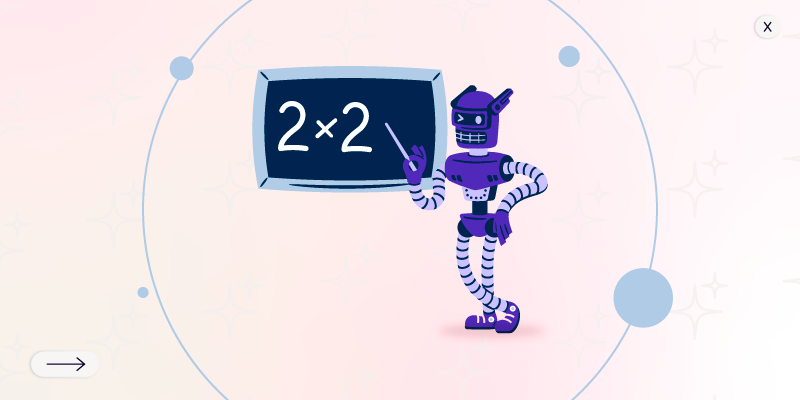A team of Carnegie Mellon researchers recently developed software that teaches robots to learn new tasks by watching how others do them humans.
These robots have learned to open and close drawers and take the rubbish out of the container without the need for instructions and eventually they might even learn watching youtube videos. Although the research is in its infancy, this software indicates that in the not too distant future there will be robots that will help with tasks domestic, such as the Robotina of the Jetsons.
This is the idea of an article recently published in Vox. For a long time several Tech companies have been trying to create a type of robot that can clean the floor or wash the dishes. Dyson, a maker of modern vacuum cleaners, announced in March that was creating a team to develop robots that can wash the dishes and even Clean under sofa cushions. Last year Samsung suggested that there will soon be robots hanging around the houses, collecting dirty towels and even serving glasses of wine. Until now we haven't had much more than smart speakers and home appliances semi-automatic, but this has to change in the coming years.
“The idea is that it is not necessary to create a robot collecting millions of data around several possible scenarios to learn something general and then implement it”Says
Deepak Pathak, a researcher at Carnegie Mellon, responsible for the project. "It can completely avoid this process and put a robot in the home that learns to through practice."
Versions of robots for the home have been in development for years and increasingly they are being more helpful. Vacuum cleaners like Roomba, they already have almost two decades of existence and have gone from being simple electric vacuum cleaners to being devices with artificial intelligence that work with smart speakers and incorporate artificial vision to analyze the rooms they are cleaning. The latest model of Roomba until You can go to the containers and empty the accumulated garbage. amazon too has incorporated a similar navigation system to build a more user-focused robot. the security of the home, which he has named Astro, after the dog of the Jetsons.

Astro is the size of a microwave oven and resembles Wall-E. you can go for a walk around the house and recording video while the tenants are away. It even works as a kind of assistant that recognizes family members, you can do a little delivery inside the house and even goes to the charger when he notices that the battery it's low.
Advanced artificial intelligences are creating other types of robots that can do more specific tasks. Robots designed to stimulate company or to assist seniors in reminders and alarms. One of these robots, called ElliQ, was recently released and the New York State government plans distribute 800 of these robots among older adults. The cost of an ElliQ is $250 plus 30 monthly subscription for the content.
Many of these robots cannot do much more than they are designed to do. to do, so it may not be very profitable or practical to go buying a robot for each need. This is the limitation that the Carnegie Mellon researchers seek to solve. with their new software, called WHIRL (Wild Human Imitating Robot Learning). WHIRL can be installed on any robot and adapts according to the physical capabilities of each device. After observing what humans do at home, the robots try to learn by copying the task performed, using the mechanical member that each robot has.
https://www.youtube.com/watch?v=pIbHOuvuCl8&feature=emb_imp_woyt
“Each task is unique and humans can do them all”Pathak says. "Our robots are not capable of doing them all. They can only do one task for which They are intended".
The most promising advances in AI-powered robotics yet have not been released to the market. And many of the robots that are being experimented they present problems. For example, Astro, Amazon's robot, can traverse an entire apartment but cannot go up and down stairs. And sometimes it has problems navigation. Most home robots lack the dexterity to grasp and hold objects. And sometimes there is the risk that instead of being a helpThey are a nuisance. For example, people who have pets have complained that the robot The Roomba doesn't see the dog poop, it walks over it and distributes it throughout the house.
Robots for the home will get a boost as technology develops. smart home technology. Apple, Amazon, Samsung and Google are collaborating on a common platform for smart home devices called Matter. The objective is that this technology can drive a fleet of devices that collectively can monitor security cameras, adjust thermostats, turn lights on and off, etc. To this would be added a robot capable of doing household chores that no human wants to do like cleaning the floor or doing the dishes.
But Scott Midson, a professor at the University of Manchester, believes there is a long way to go. let the latter happen.
“With the success of Google and Alexa, which have brought intelligence artificial to homes, perhaps the spectrum of robots for the home will be broadened, but I think that robots still struggle to solve problems in physical reality. they are just beginning to learn the peculiarities of our environment.”



